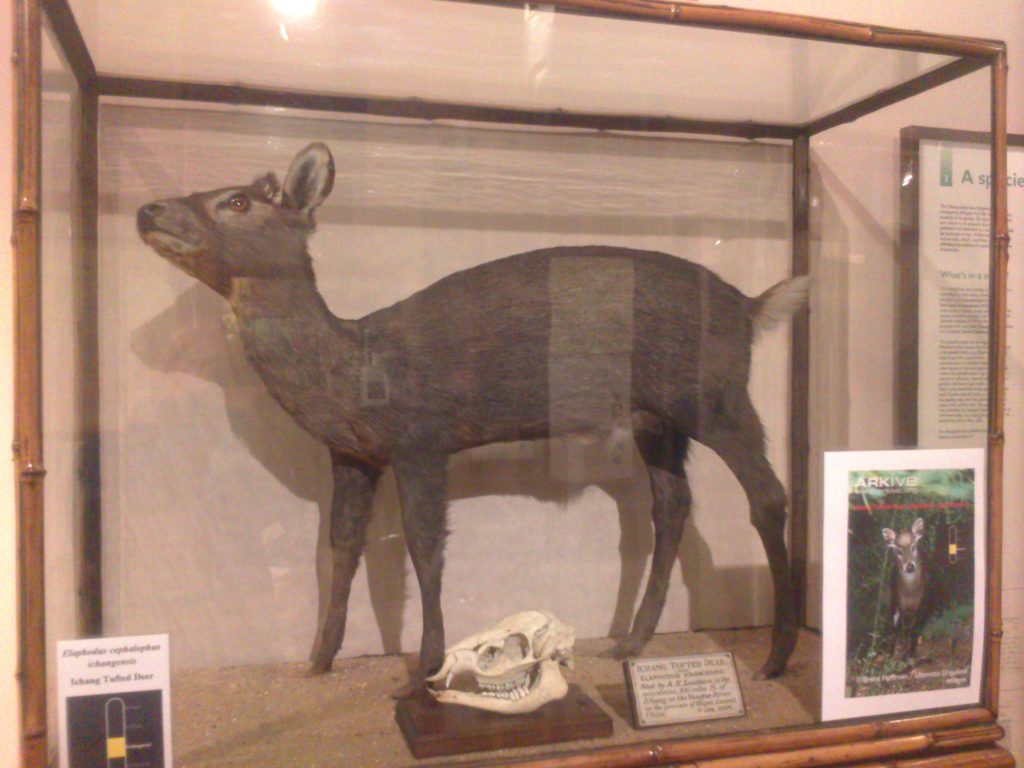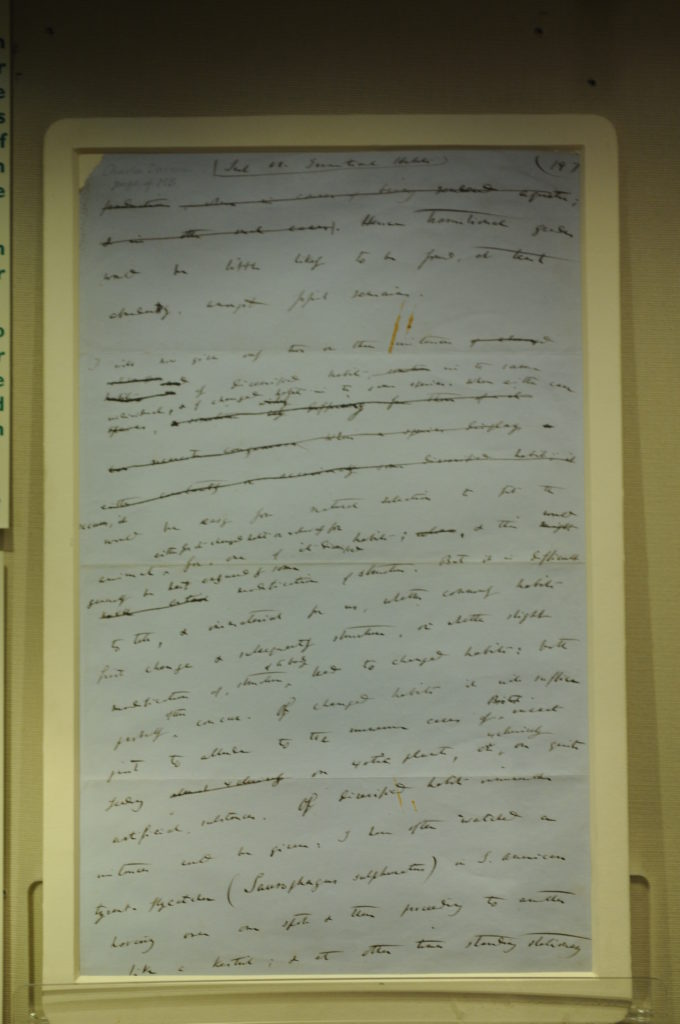It may not look like much, but this piece of paper is one of our most treasured objects. Do you know what it is?
Did you know what last week’s object of the week was?
Well done if you identified the Song Thrush from the photo last week, caught mid snack with its favourite food the brown-lipped snail (Cepaea nemoralis). There is a great variety in the colour and banding pattern on the snail’s shell, (it is highly polymorphic) and this is partly due to the feeding habits of the Thrush.
Song Thrushes break open the shell of a snail by hitting it against a hard stone called an anvil. Thrushes are territorial and return to the same anvil, leaving the broken shells of their prey scattered nearby. This allows us to build up an accurate picture of their diet.
Thrushes hunt by sight and select whichever snails have the least effective camouflage. This is dependent on their habitat and also the time of year. For example;,snail populations that live in woodlands with lots of dark leaves on the ground would favour snails with shells that are darkly coloured shells with lots of banding. In this way different populations of polymorphs continue to exist in their respective habitats.





